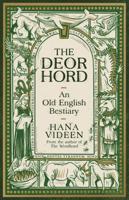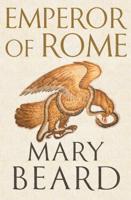Publisher's Synopsis
This historic book may have numerous typos and missing text. Purchasers can download a free scanned copy of the original book (without typos) from the publisher. Not indexed. Not illustrated. 1801. Excerpt: ... CHAPTER V. Classification os Animals from their internal Organization. ANIMALS may be divided into the two great families of animals with vertebrae and red bloodj and of animals without vertebrae, and most of them with white blood. The former have always an internal articulat- ed skeleton, of which the chief connecting part is the vertebral column. The anterior part of this column supports the head; the canal which passes from one end of it to the other, incloses the common fasciculus of the nerves; its posterior extremity is most frequently prolonged, in order to form the tail; and its sides are articulated with the ribs, which are seldom wanting. None of this family of animals has more than four limbs, some of them have two only, and others have none. The brain is always inclosed in a particular osseous cavity of the head, called the cranium. All the nerves of the spine contribute filaments to form a nervous cord, which has its origin in the the nerves of the cranium, and is distributed td the greater part of the viscera The senses are always five in number. There are always two eyes, moveable at pleasure. The ear has always at least three semicircular canals. The sense of smell is always confined to particular cavities in the fore part of the head. The circulation is always performed by one fleshy ventricle at least; and where the ventricles are two in number, they are always close together, forming a single mass. The absorbent vessels are distinct from the sanguiferous veins. The two jaws are always placed horizontally, and open from above downwards. The intestinal canal is continued without interruption, from the mouth to the anus, which is always placed behind the pelvis, that is, behind the circle of 'bones, which affords a fixed point for the p...






